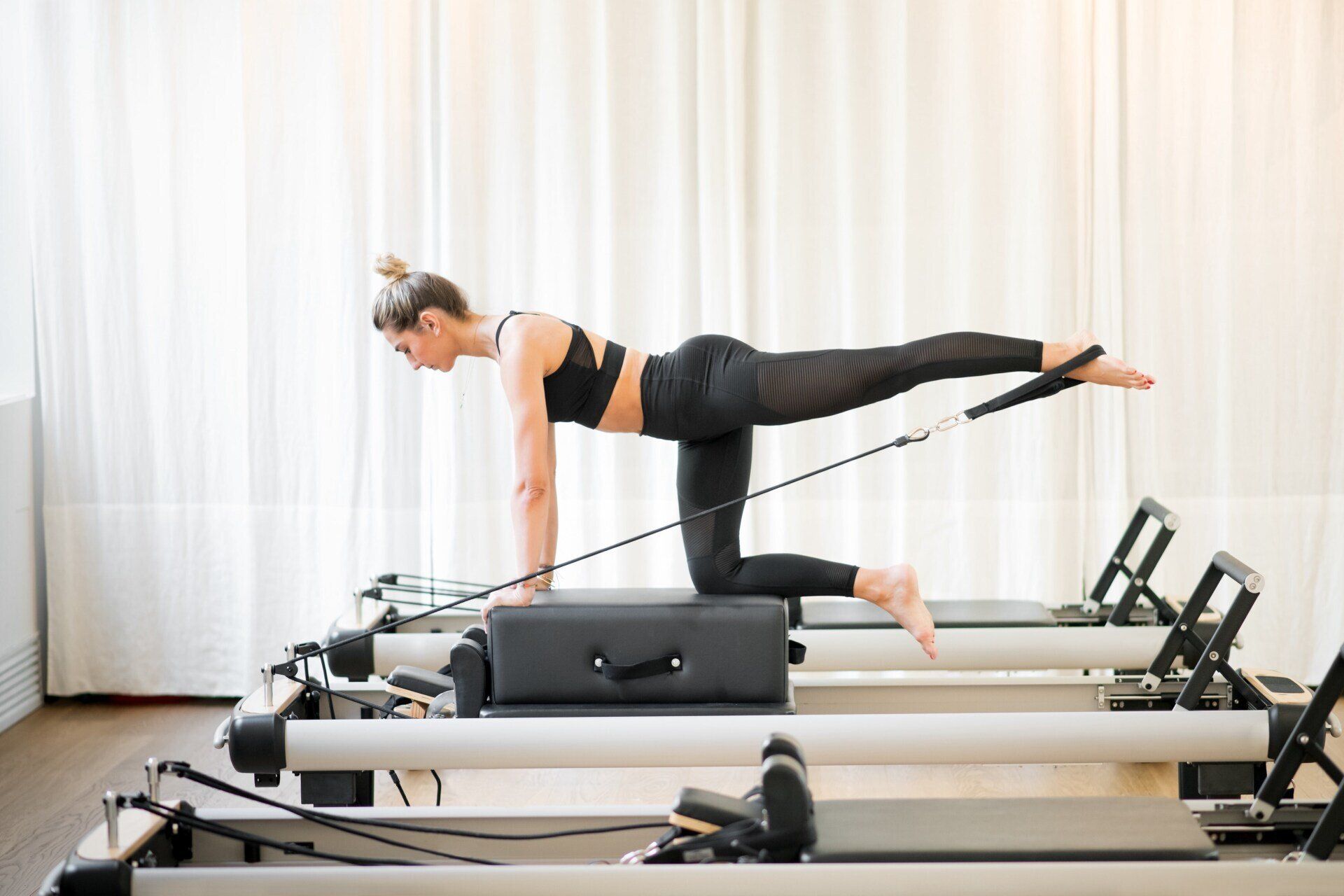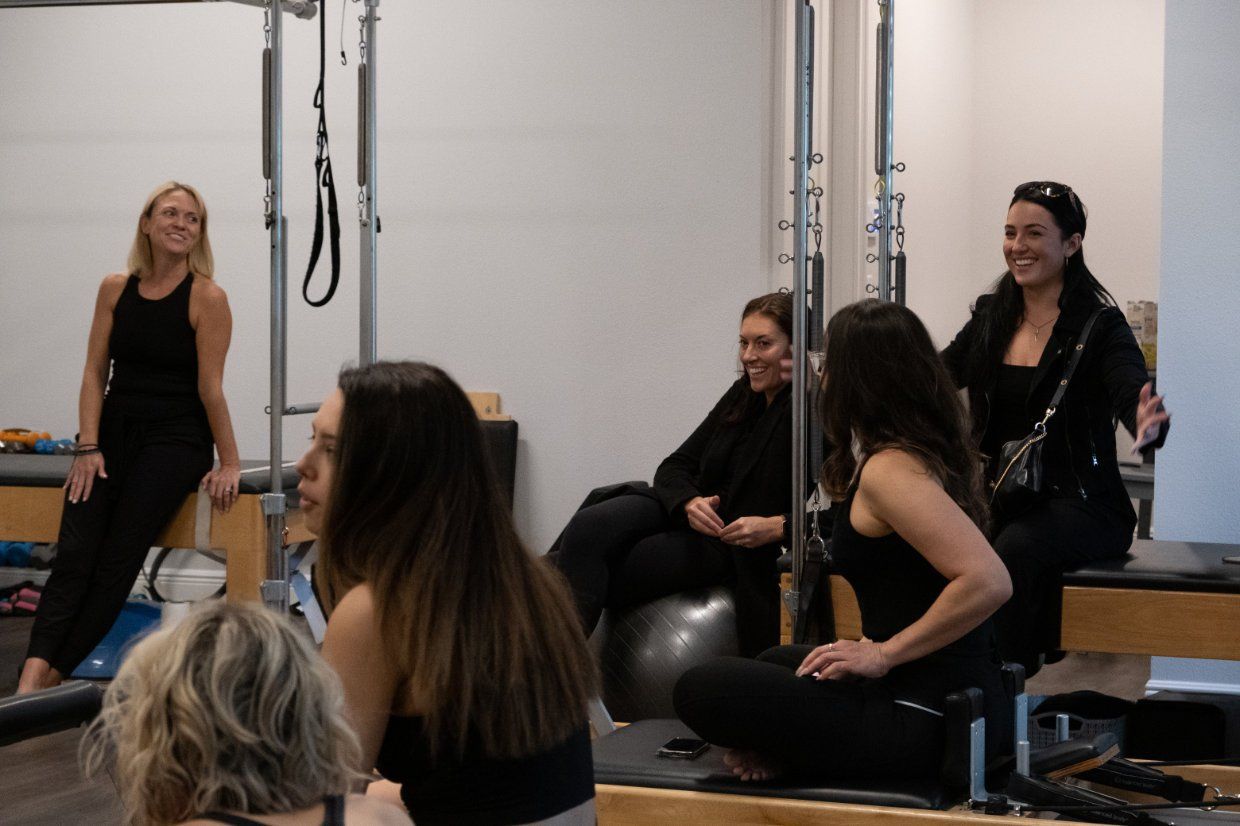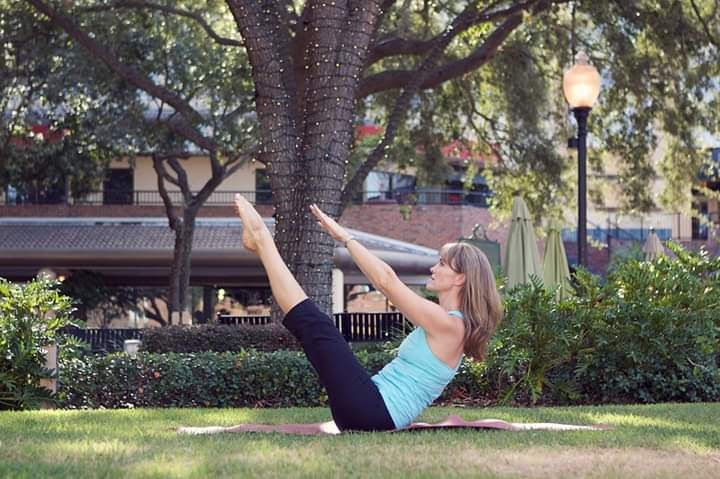Top 5 Things to Know About Starting Pilates

Preparing for Your First Pilates Class
No need to be intimidated! Pilates is suitable for all ages and fitness levels. When planning to go to the studio for the first time, knowing the basics may help you feel better prepared.
Pilates is a progressive technique and centers on improving alignment, strength, flexibility, and coordination. If you’re cleared for workout, give it a try to complement what you’re already doing. We don’t think you’ll be disappointed!
Each studio offers a different approach and atmosphere. Pilates by Dena offers a very client-centered practice, and each instructor is sure to make you feel comfortable and safe.
We offer a 30-minute complimentary session to get you started.
What to Bring
You do not need to bring much because we provide all equipment and supporting props for the workout. We have towels and water, but you may want to bring a water bottle with you to refill. Pilates isn’t a high-cardio workout but it’s a good idea to hydrate before, during, and after class.
What to Wear
Pilates is casual but you’ll want to keep it simple. Here are a few tips to help you feel comfortable in the studio –
- Choose workout clothing that stretches easily but is not too baggy because the instructor wants to see your alignment and form. Leggings or shorts and a tank top or form-fitting shirt are great options. Avoid zippers, tie-back tops, and belts because they can be uncomfortable to lay on and could potentially get caught in the equipment.
- Remove long necklaces, earrings, and bracelets.
- Pull hair back or away from your face.
- No need for shoes because the work is done barefoot but if you’d prefer socks, grippy socks work best to ensure your feet don’t slip.
What to Expect
For your first session, please arrive 10 minutes early to complete some paperwork. This will help your instructor understand past and present medical conditions and/or any lingering injuries. A friendly and knowledgeable instructor will greet you and show you around and will likely start you with some fundamental mat work. Mat exercises will help you gain strength and confidence in Pilates and will translate to the other apparatuses, including Reformer, Cadillac, Ladder Barrel and Wunda Chair.
At any time, ask questions. Request a modification if something doesn’t feel right on your body. If you have a concern, please raise it.
If you’d like to continue beyond your first session, we advise purchasing an intro package – a set of 3 one-hour sessions. From there, we recommend package of 1, 2 or 3 weekly sessions for a 12-week commitment – solo, duet and trio options are available.
As for results, you will feel more connected and open immediately after your first session! To help you reach your individual goals, consistency and commitment will be key. And if you need to cancel or reschedule a session, no worries! Please try to give us 24-hour notice if possible.
We hope you’ll join us in the studio! To get started, please call or email today.


